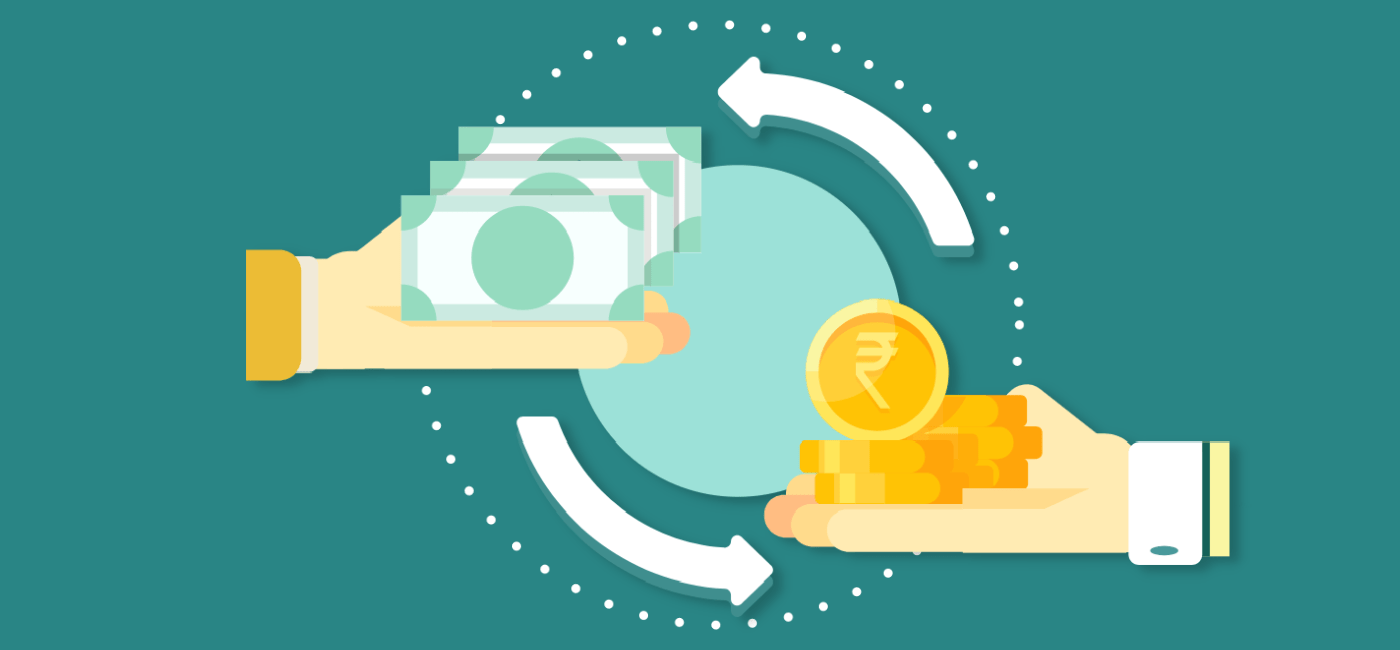As an equity investor, we are sure you must have heard these terms – Profit and Cash Flow. These are essential indicators used to assess the financial health of a company.
Although both these metrics track various aspects of a business, one often gets confused between the two. You need to understand what each metric means and how profit and cash flow can help you make key financial or investment decisions.
Knowing the difference between Profit and Cashflow can help investors determine whether a company is a sound investment and can meet its debt obligations during a crisis.
Here is everything you must know about Profit and Cash flow
What is Profit?
Profit for any company is the final balance left with promoters or owners after deducting all manufacturing, operating, and marketing expenses.
Manufacturing expenses include raw material costs, labor costs, etc., operating expenses such as manufacturing facility maintenance, transport, and planning, etc., and marketing expenses include costs for advertising, promotions, commissions, and more.
Please note that these are actual expenses that a company incurs during a fiscal year. Profit is what remains after deducting expenses from earnings. It is shown in the income statement of a company.
In addition to these, there are some allocations to the profit which are expenses incurred in the past but do not result in actual cash outflow or payment. Such expenses include depreciation on assets, the amount set aside for research expenses, etc.
Such expenses are also part of the income statement and therefore, affect the profitability of the company. However, because such expenses do not result in any actual cash outflow, they have no impact on the cash flow statement of the company.
Now that we understand the broader terms let us understand the several types of profit in the income statement.
- Gross profit
Gross profit measures the level of profitability for any company. It is calculated as the revenue minus the cost of goods sold. The cost of goods sold includes all the direct costs associated with the manufacturing of the product such as material cost, labor cost, etc. It does not include any fixed costs even if it is related to product manufacturing.
- Operating Profit
Operating profit indicates the real profitability of the company. It is calculated as gross profit minus the cost of operating the business including expenses like rent, facility maintenance, and staff costs. It shows the operating profit a company generates from normal business operations.
- Net profit
The final reported profit is the net profit of the company. Net profit is calculated as the operating profit minus all the company-related non-operating expenses such as tax adjustments, depreciation on assets, and interest on borrowed capital.
Let us now understand what cash flow is and how is it different from profits
What is Cash Flow?
The cash flow statement includes activities that affect the cash position of the company. Now, these activities can be beyond the usual business operating activities. Activities like borrowing money, repaying debt, dividends paid to the shareholders, selling an investment, and buying new assets are some of the examples that affect the cash flow statement but do not reflect in the income statement of the company.
There are three main components of a cash flow statement
- Operating cash flow i.e., cash flow from primary business and operations
- Financing cash flow i.e., cash flow from financing activities like borrowing money, raising funds, repaying debt, dividend payments, etc.
- Investing cash flow i.e., cash flow from investing activities like selling an old car, buying new machinery, etc.
Investors are generally looking for one single metric to understand the financial well-being of the company. Typically, that’s where profits and cash flow are pitted against each other. Now that we have understood the key components and key differences between cash flow and profits, let us understand what holds more value from a shareholder’s perspective.
Obviously, there is no single answer to this.
Scenario 1: Positive profit but negative cashflow
There can be instances where the company has a positive profit but negative cash flow and therefore, affecting its ability to manage its expenses, allowing the company to expand and grow. Such instances occur when the company has grown sales with a high credit cycle and hence the amount is blocked with receivables and inventory. So, they do not have enough cash to pay off their liabilities. They may be profitable but with limited liquidity.
In such scenarios, cash flow is more important because it keeps the business running while still maintaining a profit.
Scenario 2: Positive cashflow but negative profits
At the same time, there can be instances of companies having a positive cash flow but negative profits. It is the case with many startups today where they have a healthy growing run-rate of revenue and hence, have a strong cash position but are yet to pave a path to profitability.
Another reason could be the company has significant debts. So, the business does not report any profit. In such cases, you should focus on profitability. As the absence of profit will have a gradual but eventual impact on the cash flow of the company causing its downfall.
Here are some of the key items that create the difference between profit and cash flow.
- Depreciation
- Amortization
- Impairment expense
- Changes in working capital
- Changes in provisions
- Interest tax provisions
- Changes in financing activities
- Changes in investing activities
One last thing to note here is that cash flow can be bought i.e., owners can adjust and manage cash flows by staking their personal assets or taking small short-term loans just to maintain cash flow. Hence, a positive cash flow should not be considered in silos.
How useful was this post?
Click on a star to rate it!
Average rating 0 / 5. Vote count: 0
No votes so far! Be the first to rate this post.

